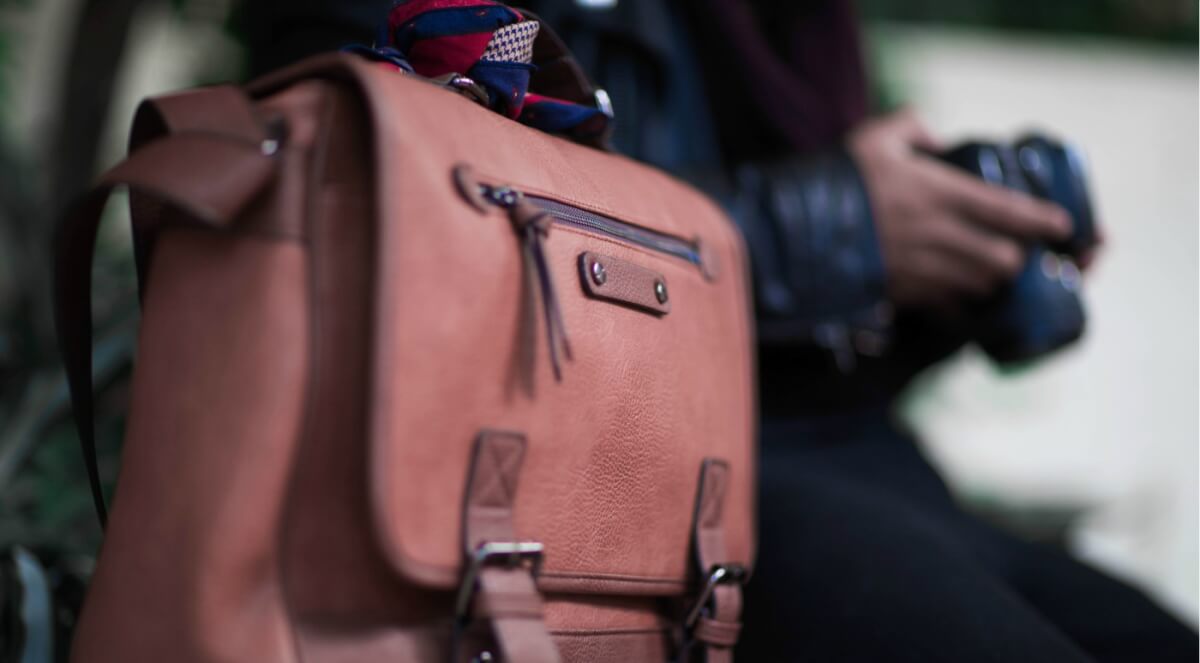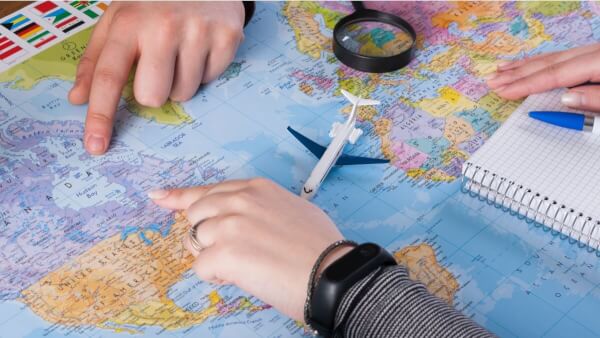Cash or card in Canada: Which is the best way to pay?
Should you pay with cash or card in Canada? A handy guide including cash etiquette, Canadian ATMs and using your UK card.

Whether you call it the Great White North or just Canada, the reality is still that there are restrictions on how much cash you can take in or out. If you plan to visit Canada, you’ll want to know exactly what the rules are surrounding bringing cash across the country’s borders, and this guide can help. Read on to learn everything you need to know about carrying cash in and out of Canada.
There are no limits to how much cash you can bring into Canada, and it’s not illegal to bring large amounts across Canada’s borders. However, if you have C$10,000 or more (or the equivalent in a foreign currency), you must declare it at the border.
As stated above, there’s no such thing as bringing “too much cash” to Canada — the country has no limit on how much cash you can bring in. But if you have C$10,000 or more and you fail to declare it at customs, the Canadian Border Services Agency (CBSA) has the authority to seize all of your cash. You won’t be able to get it back until you pay a fine, which can range from C$250 to C$5,000. If the CBSA suspects the money is proceeds from a crime or being used to fund terrorist activity, it won’t be returned, and you’ll have to file a review to start an investigation.
Coins and notes in any world currency qualify as cash when entering Canada. The same goes for what the CBSA calls “monetary instruments,” which include stocks, bonds, bank drafts, cheques and traveller's cheques. Any combination of money and monetary instruments valuing C$10,000 or more must be declared.
Travellers from all countries are required to declare cash when entering Canada, if the amount is C$10,000 or more.
Travellers from all countries are required to declare cash when entering Canada, if the amount is A$10,000 or more.
If you’re carrying enough cash that you need to declare it and it all belongs to you, you’ll need to fill out a Cross-Border Currency or Monetary Instruments Report – Individual form. If you’re carrying cash for someone else, you’ll need to complete a Cross-Border Currency or Monetary Instruments Report – General form. Either form can be downloaded and filled out ahead of time, or filled out at customs as you enter or leave Canada.
Canada doesn’t have any rules about how much cash you can take out of the country, though you’ll still have to make a customs declaration if you’re carrying more than C$10,000 (or the foreign currency equivalent) in cash. However, the country you’re going to may have its own rules about how much cash you can bring in. Make sure to do your research depending on which country you’re headed to.
Exchanging currency in cash is generally not the cheapest way to obtain Canadian dollars. If you exchange cash at an exchange service, even if it advertises no fees, it’s probably still charging you an unfavorable, marked up exchange rate so it can make a profit. It’s generally cheaper to use your debit card to withdraw cash as you need it at a local ATM, where you may be charged an ATM fee, but will typically get a better exchange rate.
Canada has seen years of declining crime rates and is generally considered to be very safe, but it’s still never a good idea to carry large amounts of cash on your person, especially when you’re a visitor in a foreign country.
Wise is one option for sending money internationally, and it allows you to send it at the actual exchange rate, or the rate you see when you Google it. It’s fast, easy and secure.
Wise also offers borderless multi currency accounts, which allow users to send, receive and manage money in multiple global currencies, including Canadian dollars, all at once. Beginning in 2018, borderless account holders will also have access to consumer debit cards, making accessing your money in foreign countries even easier.
With these tips in hand, you’re ready to hit the Canadian border with all the know-how to carry cash in or out without a hitch. Safe travels!
*Please see terms of use and product availability for your region or visit Wise fees and pricing for the most up to date pricing and fee information.
This publication is provided for general information purposes and does not constitute legal, tax or other professional advice from Wise Payments Limited or its subsidiaries and its affiliates, and it is not intended as a substitute for obtaining advice from a financial advisor or any other professional.
We make no representations, warranties or guarantees, whether expressed or implied, that the content in the publication is accurate, complete or up to date.

Should you pay with cash or card in Canada? A handy guide including cash etiquette, Canadian ATMs and using your UK card.

Check out our in-depth guide on everything you need to know about buying a prepaid Canada SIM card, including different providers, pricing, and features.

Travelling to Canada? Read our roundup of the best UK credit cards to use in Canada, comparing interest rates, fees and more.

Read our guide on the best travel card for Canada, including card comparisons and travel tips.

Can I use Revolut in Canada? A handy guide covering using your Revolut card in Canada, spending in CAD and much more.

If you’re headed to Canada any time soon, you’re going to buy Canadian Dollars. Luckily, despite its low population density, Canada has a large number of...